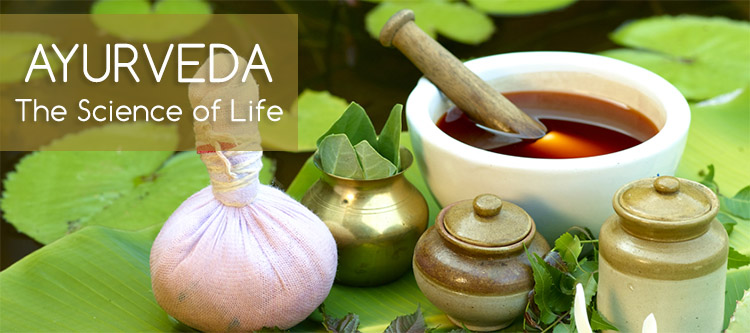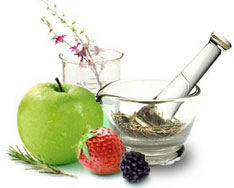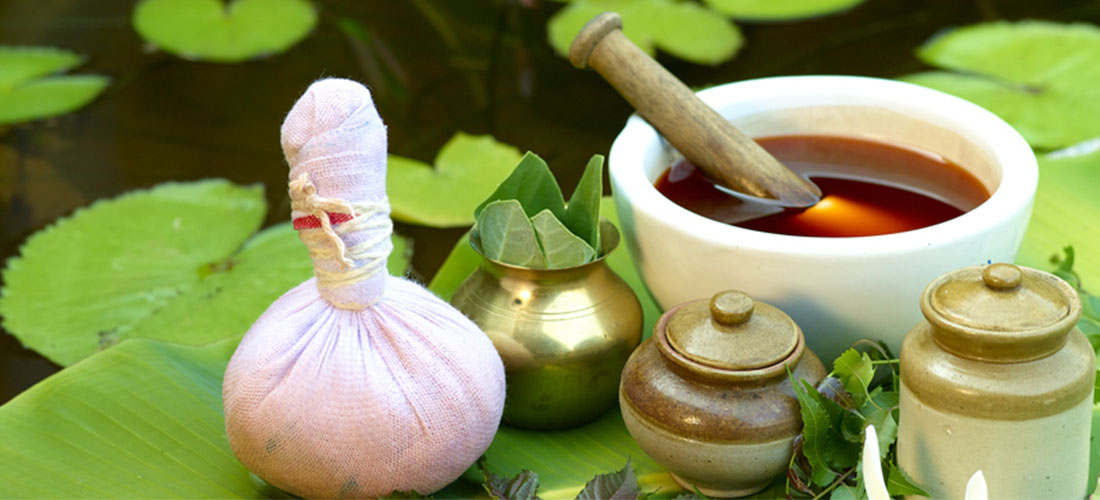
“When diet is wrong medicine is of no use. When diet is correct medicine is of no need.”
This is the principle on which the ancient text of medicine, Ayurveda is based. After going through its various verses, I realized that most of its recommendations;
- Though great, are not practical enough for modern lives that we now have (means they need a little polishing) and
- Have been advised on basis of one’s basic body temperament – Vata, Pitta and Kapha.
Now the problem is, that it is difficult to figure out in which temperament class will one fall. There are some tests available online, but I did not find any of them comprehensive enough to cite here. Also, few of the Ayurvedic recommendations were even outdated or out of reach (herbs, for example).
However, this in no way implies that Ayurveda has lost its significance for the 21st century population.
It still holds good.
And in this article, I’ll give you three random yet logical tips from Ayurveda, backed by science, and readily applicable by anyone who wishes to better his life one step at a time. So, are you ready?
Contents
#1 – Avoid Kala Viruddha (Time against) intake of food.
Just like Ayurveda segregates humans based on their body temperaments, it categorizes food items based on their temperaments too. Every food has its own taste (rasa), a heating or cooling effect (virya), and a post digestive effect (vipaka) on the body. For example, spicy, oily (this includes nuts and seeds too) and hot food items generate heat, while fresh fruits calm and cool our system.
So, eating foods “time against” means:
- Intake of Cold and dry substances in winter
- Pungent and hot substances in summer
This is the reason behind the advice to avoid rice and yogurt at night and when down with fever.
An easy tip here would be to allow nature take care of you. Consume seasonal foods. And fresh. That way you effortlessly ensure a better digestive system and an overall beaming health.
Science speaks: A recent study compared the positives and negatives of various diets promoted and stashed away through the ages and gave out the verdict – No diet is the best.
The study states that a diet of minimally processed foods close to nature, predominantly plants, is best. The conclusion was drawn by keeping associated health promotion and disease prevention qualities in mind. This ‘natural’ approach is also consistent with the salient components of seemingly distinct dietary approaches like vegan, paleo, and mediterranean.[1]
So yes, its time to go green.
#2 – Avoid incompatible food combinations.

Last year, a friend of mine who was never allergic to seafood or milk, got terrible rashes all over his body, just because he consumed them together. I mean, the duration of consumption of the two was less than an hour. While he was bewildered, Ayurveda explained the rashes well enough.
It is not against non-vegetarian food, but recommends against certain combinations of foods. Few of these combinations being:
- Fish/Eggs/meat with dairy (cheese, milk, yogurt)
- Acidic with starch (Uncooked tomatoes with pasta, orange juice with oatmeal or bread)
- Hot temperament foods with cold ones (cold water after hot tea of coffee)
- Milk with sour foods
Do not hate me for the first one. I too can’t resist sight of an extra cheese chicken burger. Anyway, this also explains the bloating I get later.
Most of the side effects of such “incompatible” combinations include a disrupted digestion, lack of energy, allergies, sinus congestion, and metabolic issues like obesity.
Science speaks: Let’s take example of milk and melons. Both are cooling, but milk is a laxative while melon, a diuretic. Hence, milk takes more time to digest. Moreover, the acid required to digest melon curdles milk giving cue to flatulence.[2]
Similarly, the enzyme ptyalin that digests starch acts only in an alkaline medium. But when starch is consumed with acidic foods, the enzyme becomes inactive leaving the carbohydrate undigested. This is followed by fermentation of left over carb and hence, bloating.[3]
I guess you now know who the real culprit is. No, its not the carbs. Its you and what you eat with carbs.
#3 – A daily dose of fats and antioxidants.
Yeah you heard me. Fats.
Just like other nutrients, Fats too are essential for our body. Apart from the energy replenishment and temperature regulation functions, they are the ones which make absorption of essential vitamins possible. You can’t imagine staying youthful without vitamin A, D, E and K, or can you?
There is no point in turning the key left and right endlessly, if your car is out of gas, right? The car in this context is your body. No anti-aging cosmetic will work if you don’t fuel your body with the right anti-aging foods.
Ayurveda suggests using oils for cooking and including a good amount of ghee in your daily diet. But wait! Isn’t this suggestion outdated?! Yes, it is. It was meant for a man who largely ate raw or boiled food, and was not blessed enough to even smell deep fried fish, let alone taste it.
So, I’m not asking you to gobble up all the cheese in the world, and neither to shun it completely. Just strive to maintain a healthy amount in every meal.
Science speaks: Organs most susceptible to damage by free radicals include skin, internal membranes and boy, our brain. Free radicals age our body internally way before the effects become visible on the outside. And they can only be neutralized by consumption of antioxidants.[4]
So, having some nuts daily does the trick. They are rich in Omega-3 fatty acids, the good fats, and antioxidants too. Additionally, one can replace normal cooking oils with healthier options like extra-virgin olive oil and canola oil.
Other foods rich in antioxidants are citrus fruits (especially gooseberry – it does wonders for skin, hair, memory, immunity, digestion, and what not), deep colored veggies (black grapes, eggplant, capsicum, cranberry, red beans, etc.), and green leafy vegetables.[5]
There is tons of advice in Ayurveda on leading a healthy lifestyle, such as, having an anti-aging oil massage at night for best results. But I guess that calls for another article.
As for the eating well part I’d say, what Ayurveda preaches is to be mindful with our eating – what we eat, how we eat, and when we eat. Savoring meals. Things like looking at your food while eating, then closing your eyes and smelling it, feeling its taste and texture, and avoiding distractions such as working, reading, driving or watching television.
But truth be told: Most of us do not have this luxury. So, do it whenever you can. It’ll leave you feeling happy and wholesome all day long. One cannot just adopt this lifestyle and dump everything else. Savoring even a single meal goes a long way.
And finally, did you know fats also act as a buffer to a host of diseases?
Well, I’ll just leave you with this thought! 😉
More on going Natural:
References: [1] Katz, D., & Meller, S. (2014). Can We Say What Diet Is Best for Health? Annual Review of Public Health, 35 (1), 83-103 DOI: 10.1146/annurev-publhealth-032013-182351. ^Back to Top^ [2] Vasant Lad. Food Combining. (pdf) ^Back to Top^ [3] William H. Hay. Superior health through nutrition. Pg 27-28. (Google books) (Also on RawFoodExplained.com) ^Back to Top^ [4] Ames BN, Shigenaga MK, Hagen TM. Oxidants, antioxidants, and the degenerative diseases of aging. Proc Natl Acad Sci U S A. 1993 Sep 1;90(17):7915-22. Review. PubMed PMID: 8367443; PubMed Central PMCID: PMC47258. (pdf) ^Back to Top^ [5] Jabri karoui, I., & Marzouk, B. (2013). Characterization of Bioactive Compounds in Tunisian Bitter Orange (Citrus aurantium L.) Peel and Juice and Determination of Their Antioxidant Activities BioMed Research International, 2013, 1-12 DOI: 10.1155/2013/345415. ^Back to Top^
Last Updated: May 21, 2014
Next Scheduled Update: July 21, 2014






Comments are off this post!